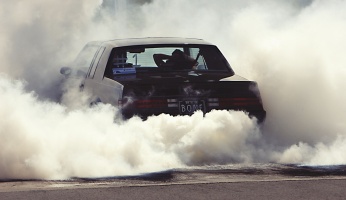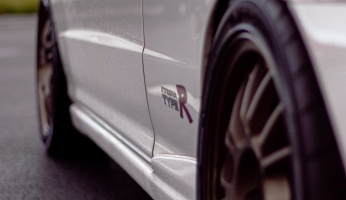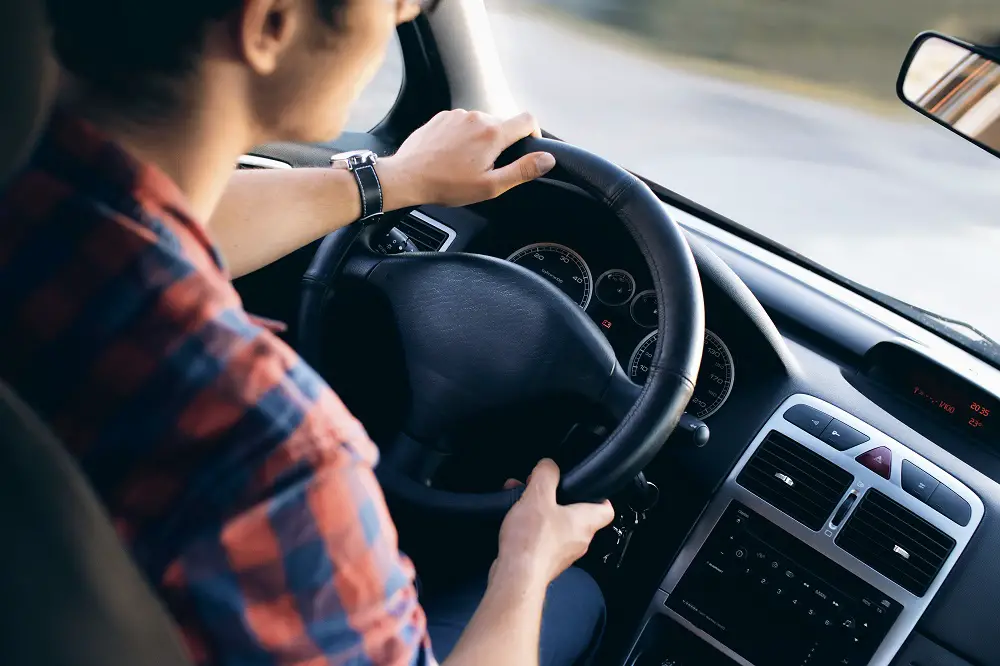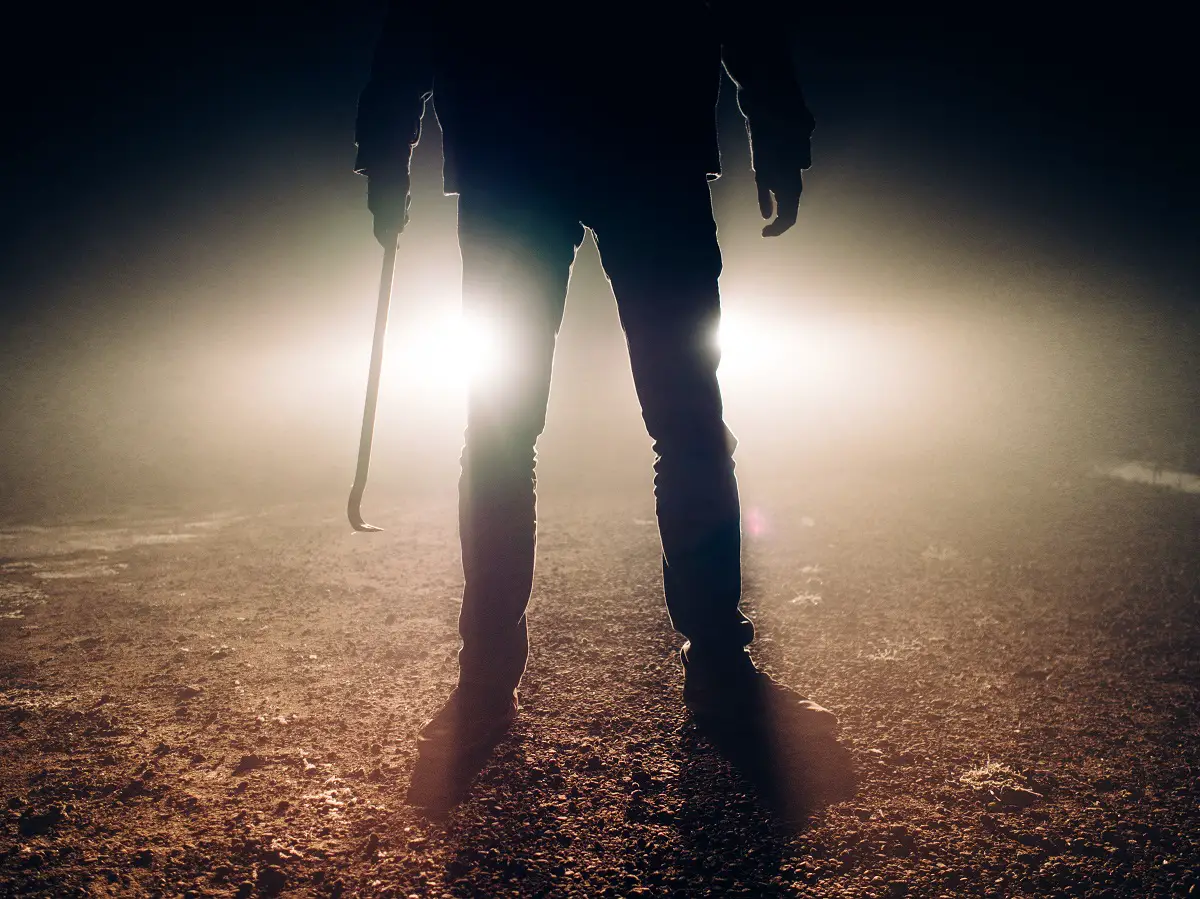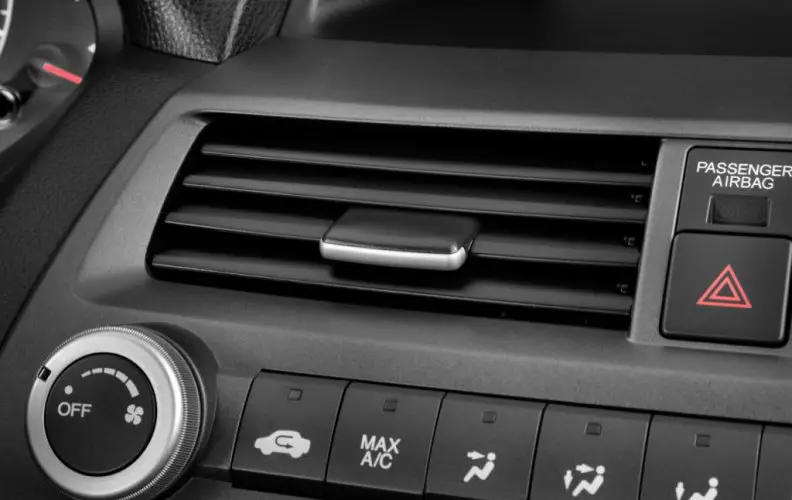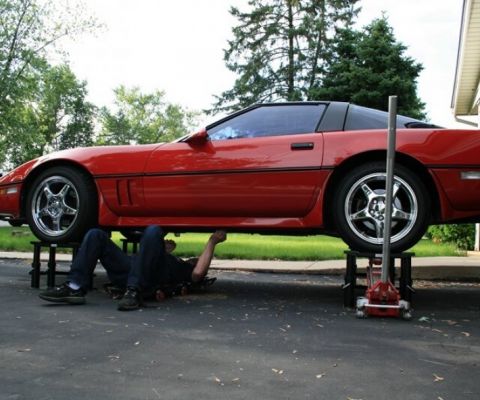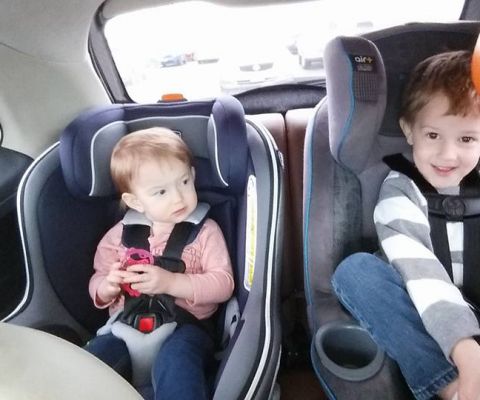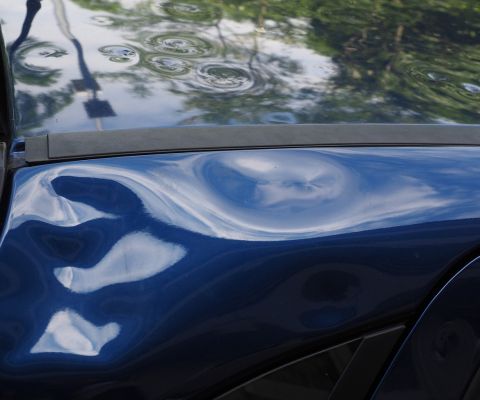Your First Motorcycle Road Trip: A Complete Guide
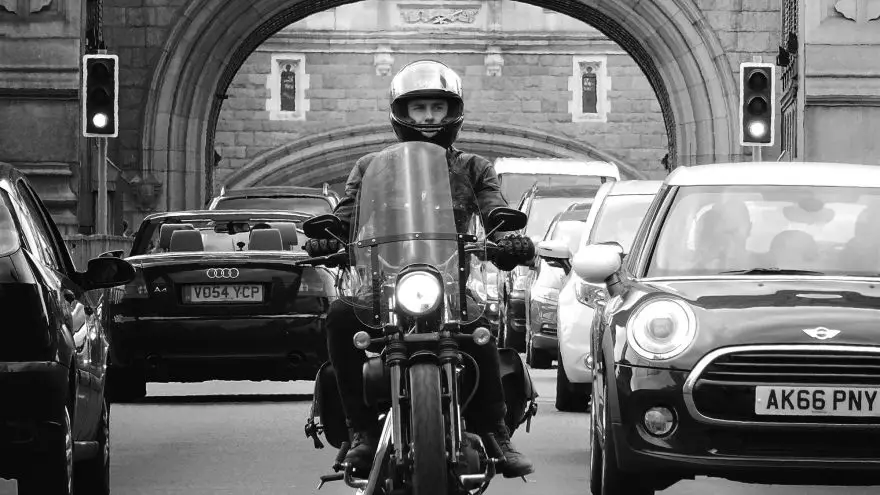 Your First Motorcycle Road Trip: A Complete Guide
drivrzone.com
Your First Motorcycle Road Trip: A Complete Guide
drivrzone.com
So we’ve reached the point in your illustrious career riding motorcycles where the daily grind of the nine-to-five traffic just isn’t supplying the thrills you seek. Or, maybe it’s that very grind that sees you searching for some time away from city buses, and commuters.
The beautiful part about the hobby or mode of transportation that you’ve chosen is that it’s the perfect steed to get you out of the concrete jungle. Some of us took up the mantle of saddle-sitting, and motorcycle piloting for the sole reason of leaving town.
Don’t get me wrong, cities can be beautiful. You should, at certain times in your life, try to see more of them. So when the travel bug comes biting — and it bites real hard — you should make a list of all the different cities you want to see. Often times, these tent pole locations can ease the stress or fear that surrounds traveling. There are a lot of anxiety-inducing things that need to be done in order to travel. These simple things, strung together, can dissuade potential trips from ever happening.
If you’re one of those people that hesitates to check out, and get out there, putting together a plan that involves specific locations, like the beautiful cities around you, will help you feel like there’s somewhere to be.
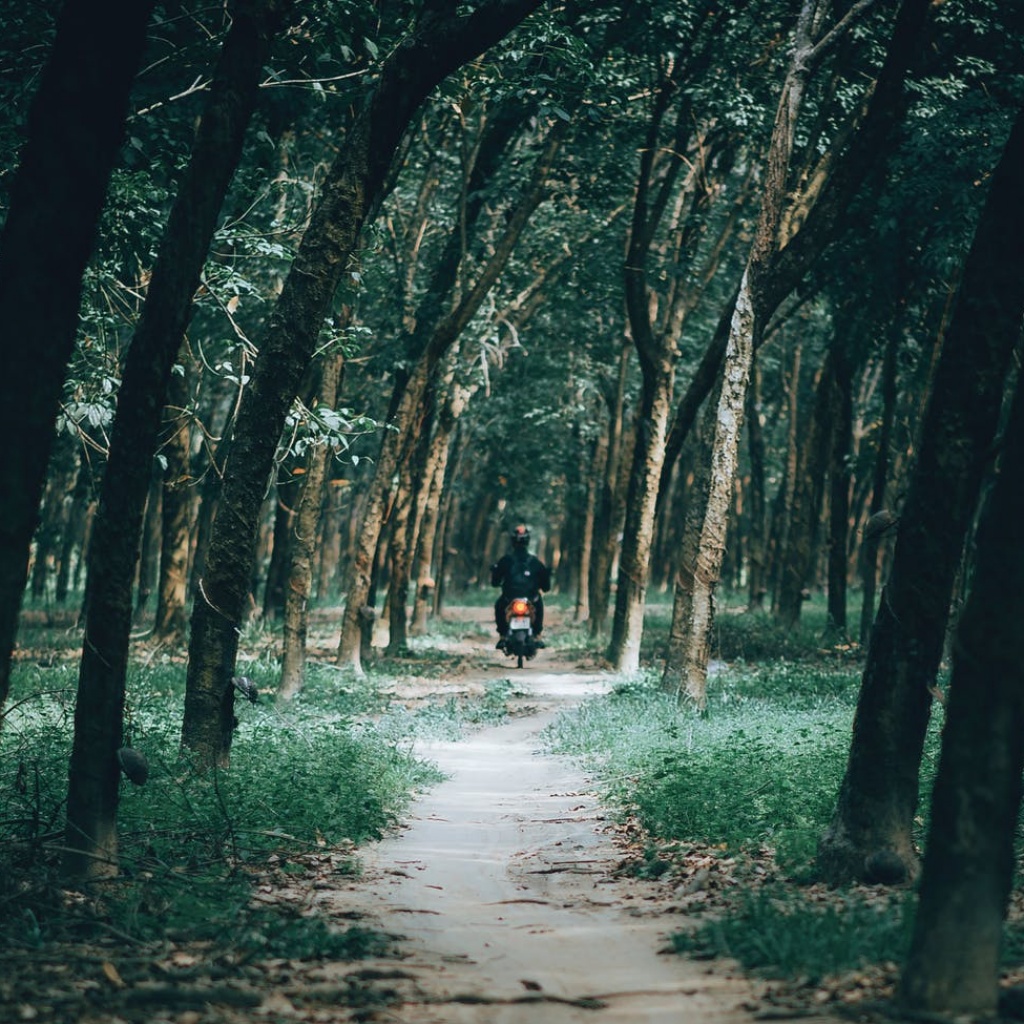
But the true wonder of riding motorcycles has nothing to do with the cities you would like to see, rather, how you get there. No matter the road, no matter the state or province, winding from place to place on a motorcycle is the sensation that dreams are made of. The feeling you become swarmed by is part of (if not the majority of) the reason people take up motorcycling to begin with. There are no words to describe the freedom and floating therapy that is prescribed to riders.
If you’ve followed our editorial journey thus far, and have done all you need to (like taking motorcycle riding lessons, privately of course) in order get your motorcycle license, and purchase your first length of insurance, then all the doors are open to you.
Before you step your boots out that door, there are a handful of things you should have already wrapped up, and a bunch of things you need to consider.
Let’s get this commute-dissolving caper underway. Here’s what you need to know before or during your first motorcycle road trip.
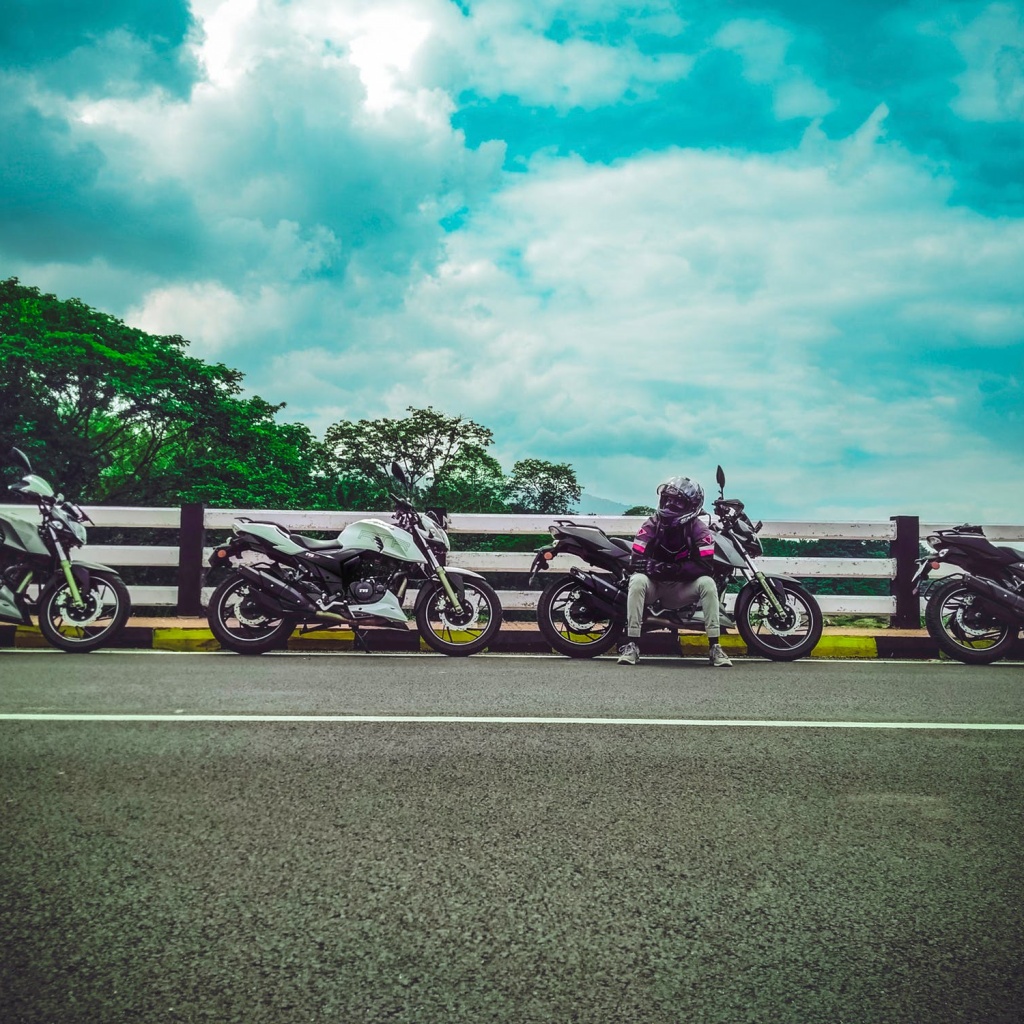
Planning / Routing
The beginning of the rest of your life, starts right here. Luckily for you, cartographers are now camera-based, AI-patrolled, and extremely accurate in the twenty-first century. You can easily find a safe and secure way to get from one place to another in nearly every location on earth. There’s no guessing, or worry about where this road will lead.
Unless, you’re more like myself, and prefer the adaption tactic that comes with just “wingin’ it”. I’m a weird cookie though. I’d much rather slap on my gloves, boots, and helmet, and find where the road ends instead of planning my route to a tee.
The main points of focus, whilst you stare mindlessly at a maze of roads, names, highways, lakes, and names on the map should be where and how.
Where you want to go will determine the chapter titles within the novel of this trip. It’s important to create tent poles to hold up the plan in its entirety. Where are you starting is the obvious point to fill out. That chapter is written already. As it’s sure to be a location that you’re well versed in, and have done the exploration thing within your own town. If you haven’t, do so now! There’s nothing like newly discovering your own city via the saddle of a motorcycle. It will shed new light on places and things you’ve already seen.
Where you want to end up is the next point you should fill in. Note, this will be the technical halfway point of your trip, as you will most likely have to ride back home. Unless you’re filled up with funds, and can afford to put yourself and your bike on a plane, and ship your butt back home, you’re going to have to get back to your own doorstep. So your “end point” is actually just your “turnaround point”. Choose somewhere that is within your timeframe.
Time mapping is extremely crucial to planning a road trip, and it is even more important that you inflate times. Your chosen electronic mapping application might be able to estimate the time traveled or timeframe easily, but it isn’t accurate. It’s a generalization. Please do not take the estimates by google or apple maps as gospel. Inflate. If something says that you’ll need 4 hours to get there, plan safe and give yourself 6-8 hours to get there.
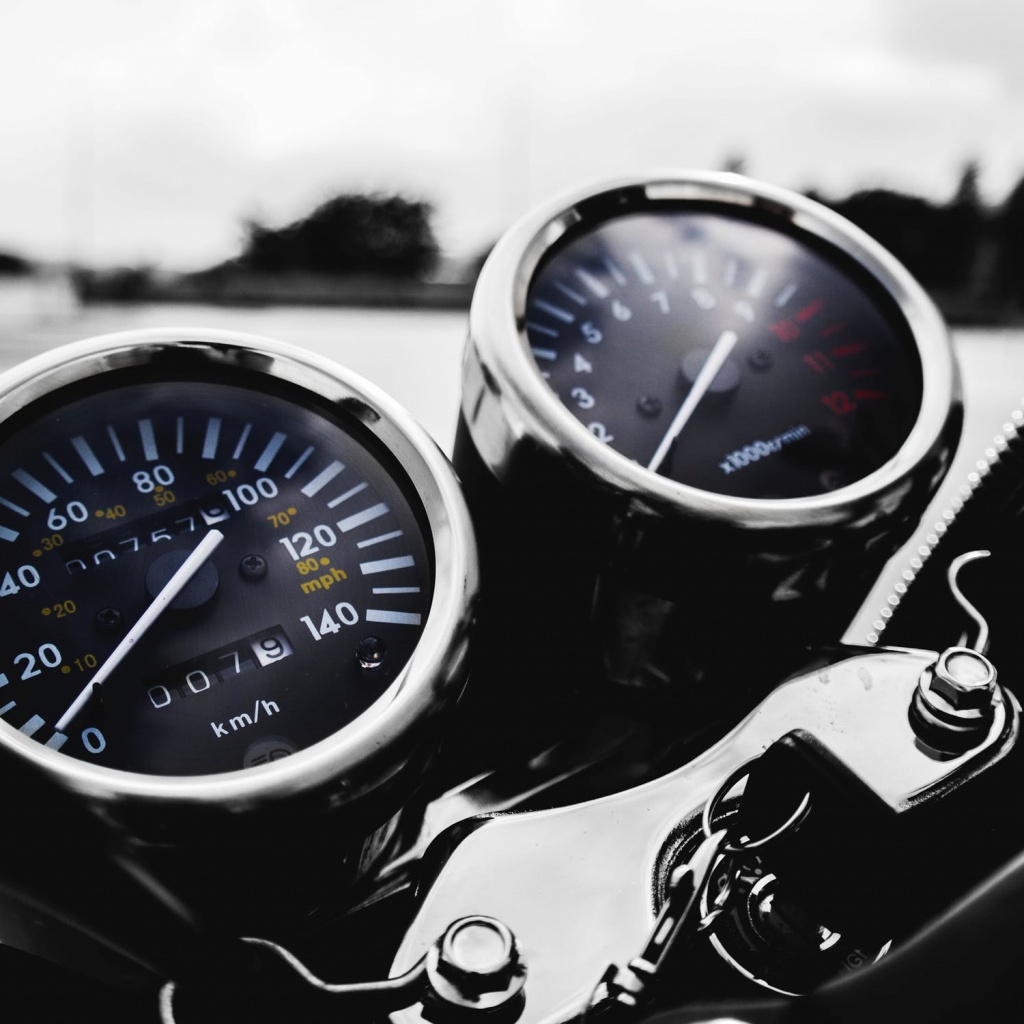
Know your bike! If you’re unfamiliar with your motorcycle of choice for this road trip, you will severely regret taking it out on the road. There are a lot of things that can change the path you take, or where you go, regarding your motorcycle. First and foremost, your gas tank. Two huge things here.
Firstly, ensure that you know how far you can go (highway speed) on a single tank of gas. Plan accordingly. There are plenty of mapping applications that can map you through a route with marking gas stations. Once on the road, pay very close attention to the gas station signs. There are some areas in North America, that might even extend you beyond your gas tanks range on their own. Read every sign. One thing you can do to stop some of the anxiety surrounding running out of fuel on the highway, in the middle of nowhere, is to pre-plan your gas stops. To do this, you obviously need to be intimate with the details of your bike.
Secondly, you might want to buy a jerrycan. There are both regular (but small in scale) cans, and collapsible travel cans. If you have a small tank — like those found on the sporty Harley Davidson bikes known as “peanut tanks” — you can take a small amount of gasoline with you on the road. This could save your trip, if you need a tiny bit more just to get you to the next stop.
HACK: some camelbacks (water-filled backpacks made for hiking and outdoor activities) have an anti-corrosive inner lining. You should never use the bottle again for drinking, but you could keep a small amount of gasoline in some. Also, the travel boxes from Tim Horton’s or Starbucks have liquid pouches on the inside with anti-corrosion linings. The spouts and seals aren’t high quality, but the bags from those boxes would work in an absolute pinch, and are completely collapsible when empty.
Know your body, too. Riding a motorcycle isn’t easy, physically. You might be able to do eight hours floating around your city, in the start-and-stop traffic, but the highway is a different beast. Even on the smaller roads, where the speed limit may be smaller, it’s a big weight on your body. The core muscles are used to the extreme when piloting a motorcycle, and it’s multiplied when doing curves and handling at higher speed. In addition to actually piloting your bike, the impact highway-speed winds have on you, with or without a windshield, is something you can only withstand for a specific amount of time.
It’s key that you know how much of this beating you can take, just as much as you know how far your bike can go. A firm understanding of the capabilities of the two of you as a team is the box at which you should be playing in.
After all, this is for the enjoyment of the experience, right? So any harm or distress coming to either of you during this time away would be counterintuitive.
Bike Prep
Your valiant metal steed being ready for this trip is just as important as you being ready. Now, there aren’t a lot of things you need to do differently than your normal checks, but they can become important to do, especially as you’re away from your base of operations, and potentially nowhere near help.
If you haven’t, check our pre-ride checklist over on our Motorcycle Maintenance Every Biker Should Know article. These checks should become second nature. Like breathing. But for motorcycles. Motolungs, if you will.
Fresh oil, a full tank, clean tires, and an ecstatic battery should be your standard before heading out on your trek.
When I say fresh oil, what I’m suggesting is that if you haven’t done a full flush this year, or haven’t put a fresh bottle in within the last week or so, then do so. Out of all the problems you can have out on a big trip, engine troubles are the worst of them all. The small things like ensuring your properly indicated manufacturer’s suggested oil is topped up and fresh. You do NOT want to see that indicator light come on while you’re cruising between settlements at highway speeds. Don’t leave your engines blood up to luck or misfortune. Don’t assume and hope that the next gas station (wherever that may be … ) has the type of oil you need.
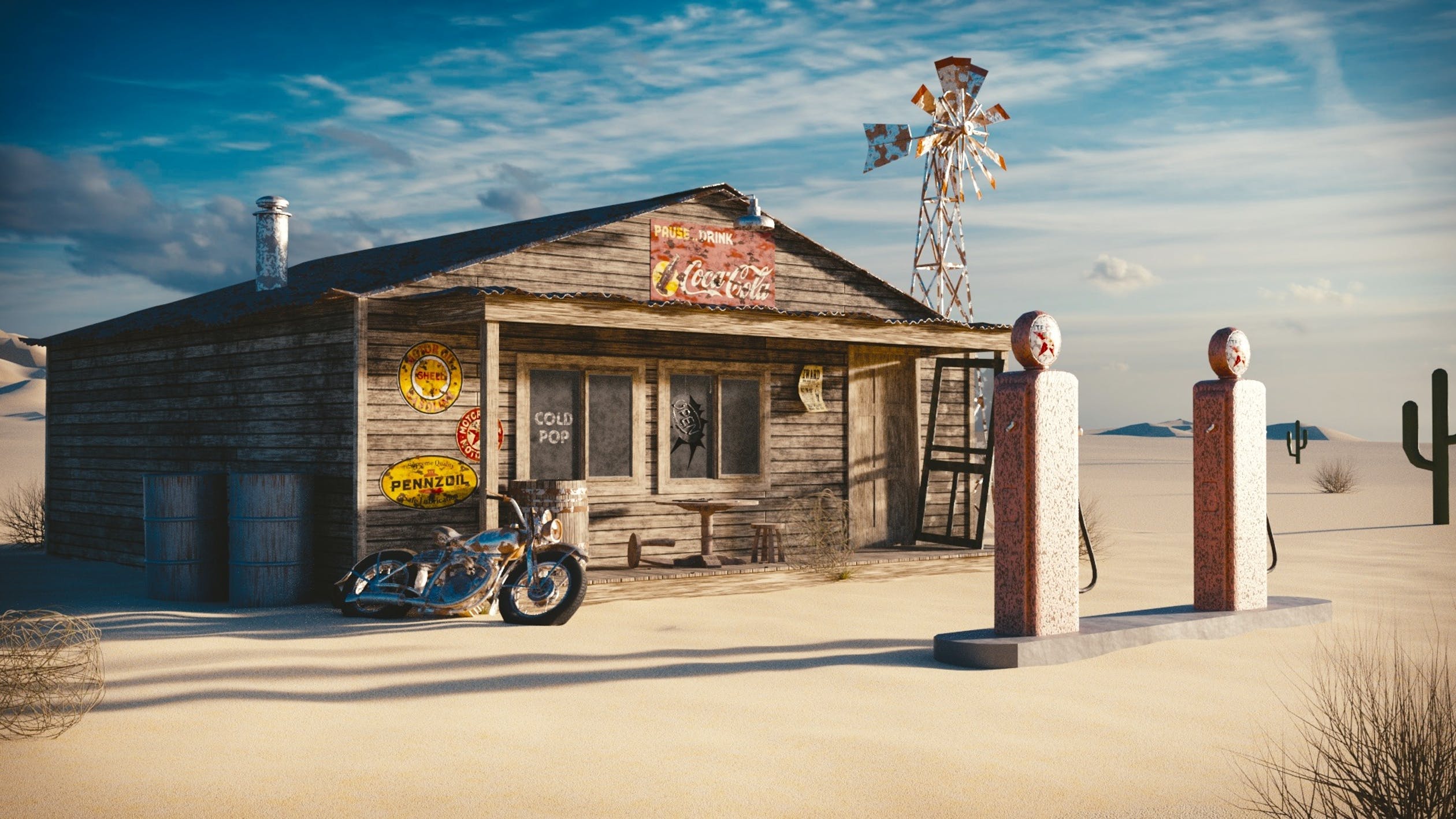
A full tank is just a must if you’re heading out on the freeway. Fill it up, and hit that open road.
Your tires shouldn’t be near the end of their life either. It’s important that you don’t ask your motorcycle to begin a marathon by handing it an old pair of sneakers. If you’re running low on tread, or nearing the end of the years, replacing your tires prior to a big road trip should be considered high on your budgeting list. On the reverse, you should put some city miles on new tires before hitting the freeways. There is a thing layer of protective rubber on new tires — it keeps them nicer during stored warehouse hours — and you’ll want to burn those off prior to hitting top cruising speeds.
Pack Light
There are a lot of corners that you can’t cut. Especially some literal corners, that you should avoid cutting. But humans have a bad habit of over packing, and when the only thing hauling those packs are the two-wheels that are also hauling you, it’s imperative that you cut down on the not-so-necessary.
Check out this buying guide here on Motorful regarding the best saddlebags to get. Note, you should only be taking what fits inside those saddlebags. If you have attachable luggage, use that and nothing else. These products are designed to connect safely to your bike, and in the right spots. Putting things elsewhere is a hazard, and an accident waiting to happen.
If you’re planning on camping, reserve one of your side-bags for your camping gear (including food) and the other for your things. Include a day bag, so that you don’t have to haul all of your things away from your campsite with you if you decide to head out for a bit of a ride whilst you are pitched at a specific spot.
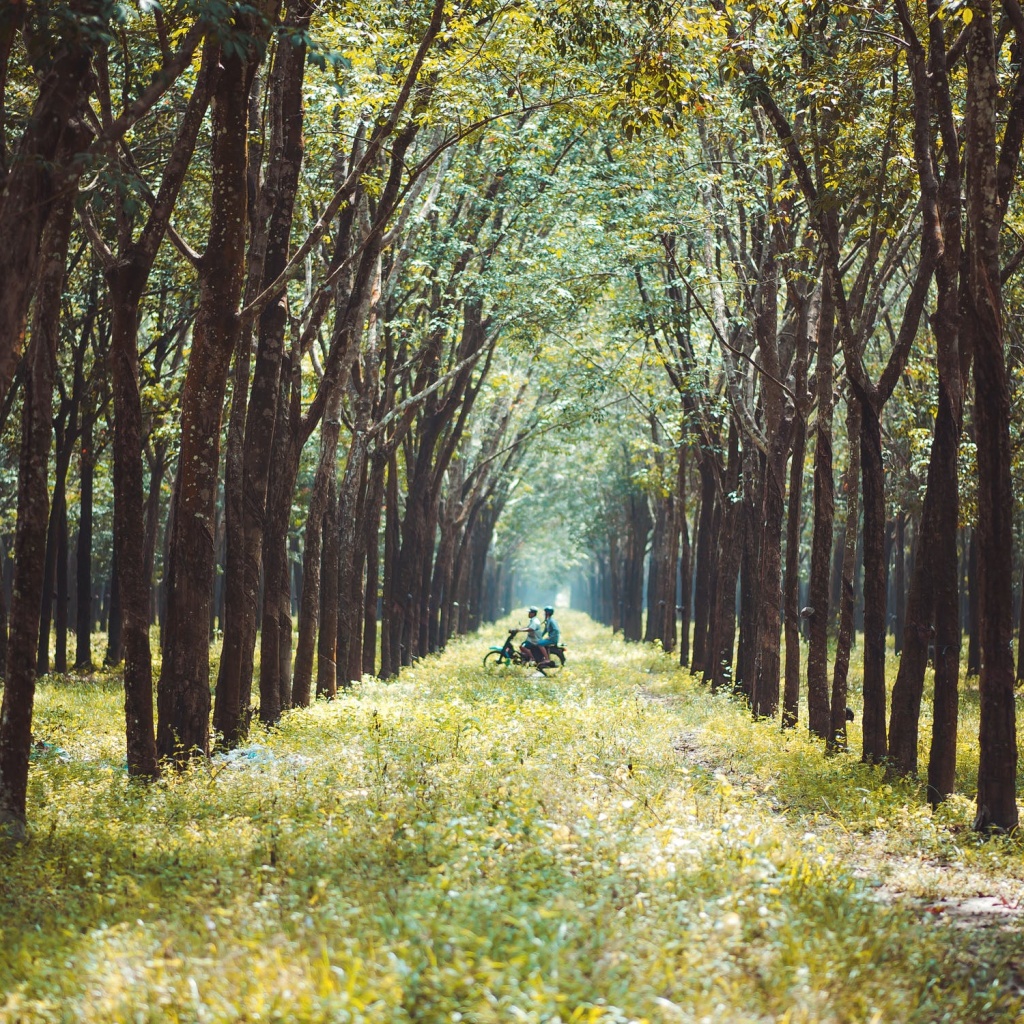
For The Road
If you’re clever, which I like to think I am, you’ll want to outfit your ride to supply you with the nicest travel you can possibly have.
Having things like a cup holder (yes they make ball-hinged cup holders for motorcycles) can make your life a lot easier, especially if you’re riding down the highway and spot a drive-thru that you just can’t pass up. Also, for health reasons, it’s extremely important to stay hydrated. As we’ve already gone over, riding at highway speeds can take a lot out of you, and that’s not even taking into consideration the weather. If it’s hot, you’ll need far more water than you will probably ingest at every stop.
A GPS device is also key. If you’re heading away from cell service, and don’t know how (or don’t want to) download maps to your mobile device, having a better range with any of the popular branded global positioning devices will see you to your destination safely.
All of these things are nice, but one thing I can greatly suggest through experiencing its excellence myself, is a tank bag. Some might scoff at the idea of slapping magnets on their beautiful tank, but most tank bags either have built-in options for straps, or have strap versions altogether. A tank bag can keep everything in your pockets out of your pockets. Cell phones, wallets, house keys (your motorcycle keys should never be on the same ring as your house keys), maps, and more. Higher-end tank bags also double as day packs, so you’ve just added a bit of convenient luxury to your trip, and knocked off a key item from your list of musts.
Above all, you should plan to have fun. So much can be gained by getting out there on your own, riding your beloved bike through the twisties of any given highway.
Ride free, and ride safe.
Sources
- Discovery Channel – Best Motorcycle Rides
- Motorful – Best GPS Devices
- Tru-Tension – Highway Riding Tips
- Conde Nast – Packing Light

